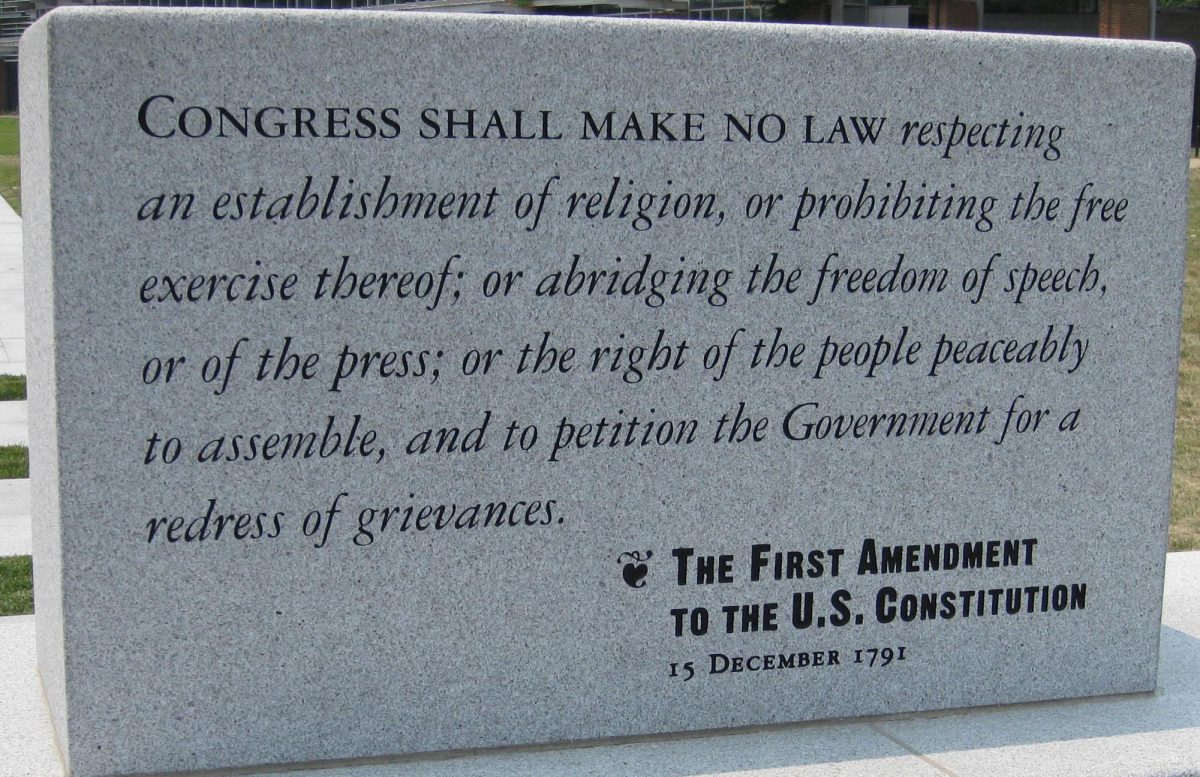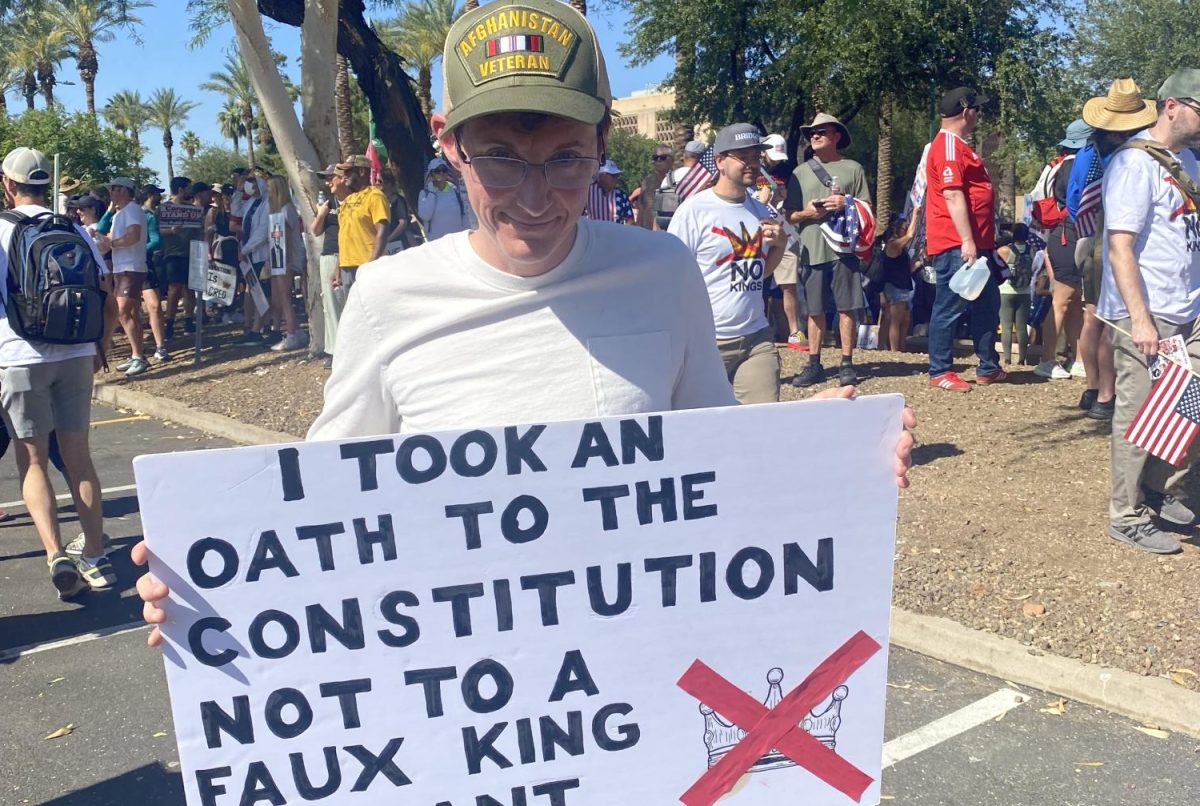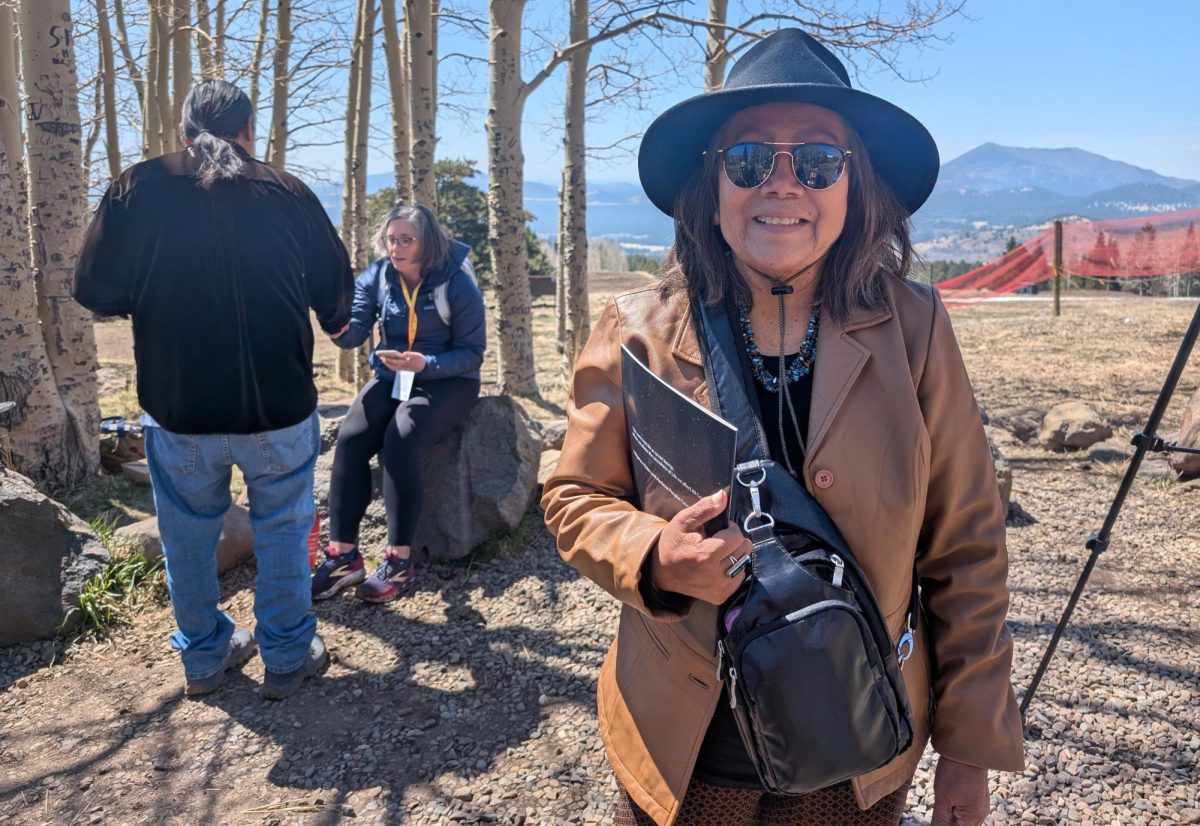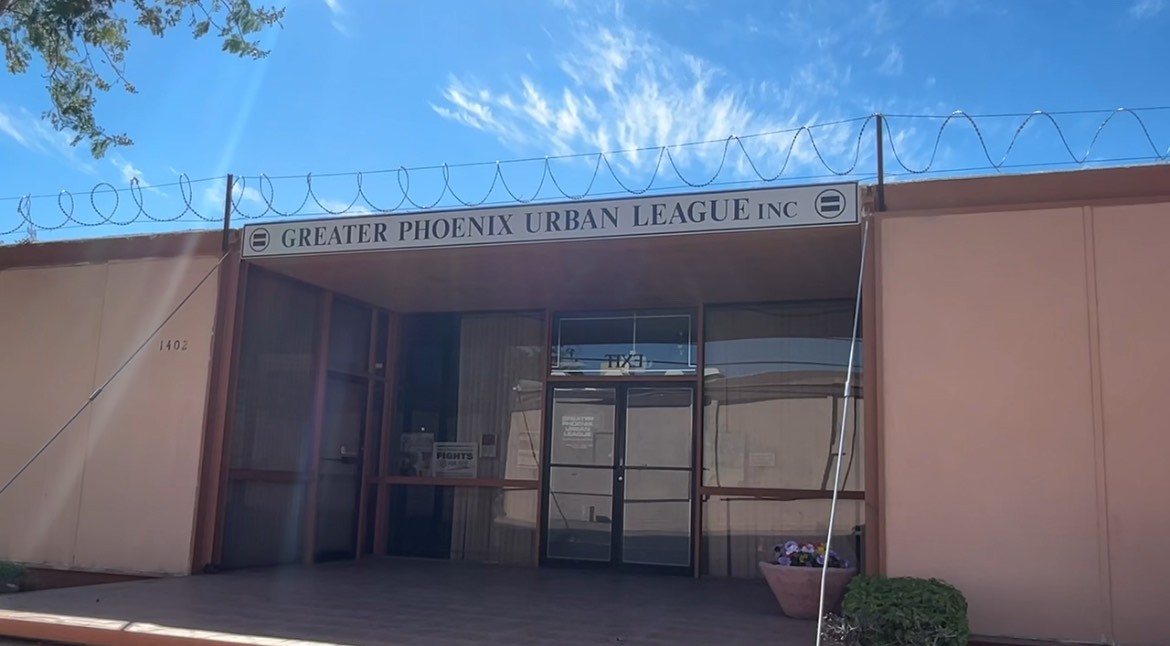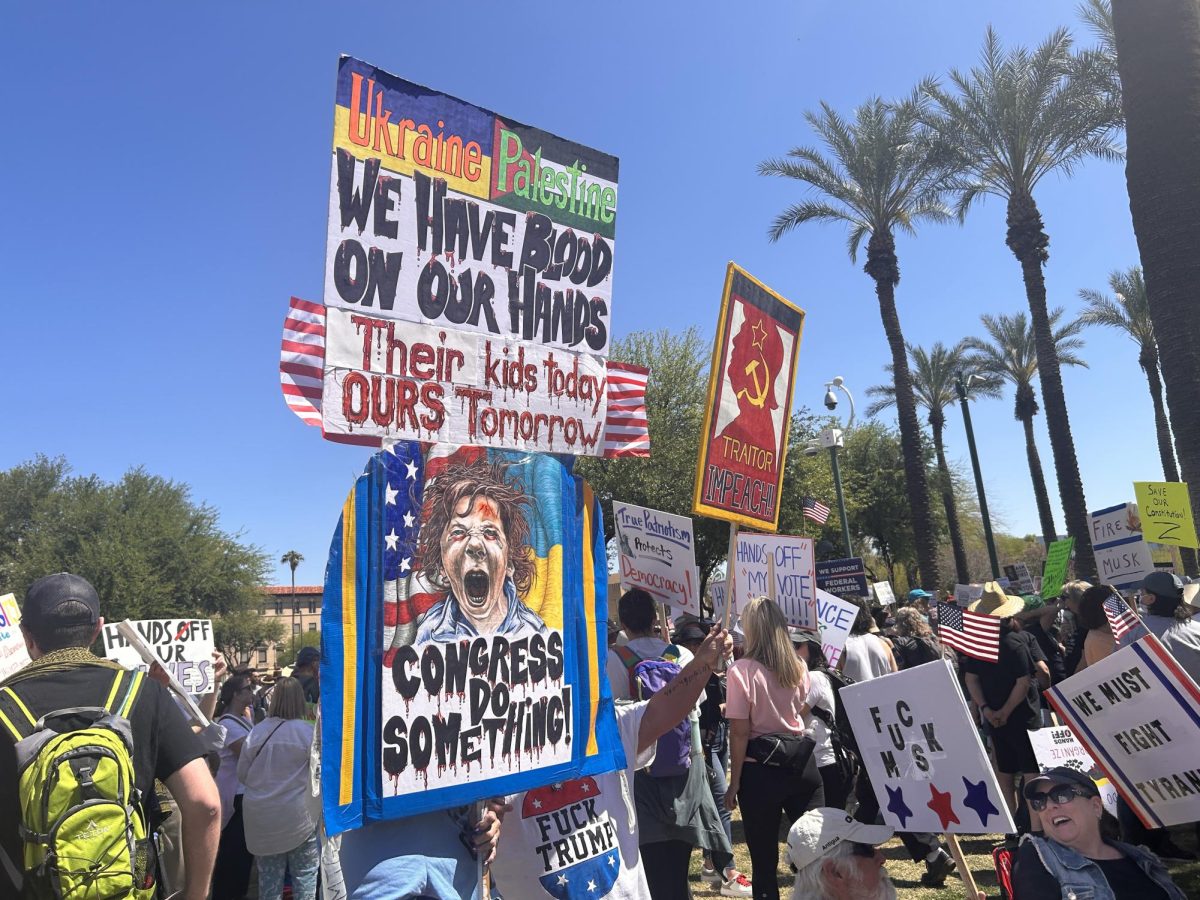On January 20, President Trump issued an executive order that mandated the renaming of the “Gulf of Mexico”—a body of water with shared borders between the U.S. and Mexico—to the “Gulf of America” in federal usage for official documents and maps.
On May 8, the U.S. House of Representatives passed the “Gulf of America Act,” codifying the executive order and making it law. The bill passed narrowly, 211-206, with all Democrats and only one Republican opposing.
But on January 23, the Associated Press (AP) posted a statement on its website regarding the initial executive order:
“The Gulf of Mexico has carried that name for more than 400 years. The Associated Press will refer to it by its original name while acknowledging the new name Trump has chosen. As a global news agency that disseminates news around the world, the AP must ensure that place names and geography are easily recognizable to all audiences.”
The Associated Press is an independent not for profit news cooperative from around the world and headquartered in New York. The AP’s beginnings can be traced back to 1846 and is the largest provider of content—more than half the world’s population see AP content every single day.
White House Deputy Chief of Staff Taylor Budowich called the AP’s stance “misinformation,” arguing that while the AP’s “right to irresponsible and dishonest reporting is protected by the First Amendment,” —the Budowich statement contained unevidenced claims against the AP and many would argue—with a Trump administration bias.
In February, the Trump administration banned the Associated Press from the White House and Air Force One over its refusal to adopt “Gulf of America”.
This echoed a long history of on-and-off press suppression in the United States.
It started with the Sedition Act of 1798 where it was made a criminal act to make “false, scandalous, and malicious” statements against the federal government.
Several outspoken newspaper editors critical of President John Adams and the Federalist Party were prosecuted and imprisoned.
The act expired in 1801 and is widely regarded as a significant infringement on free speech.
Then during the early 1970’s—in the pivotal example of government overreach and suppression of the press—President Richard Nixon’s administration engaged in unauthorized wiretapping of journalists and government officials.
These actions, part of a broader effort to suppress dissent and control information, culminated in the Watergate scandal. This led to Nixon’s resignation in 1974.
Each of these moments in our nation’s history—through Adams’s sedition prosecutions or Nixon’s covert surveillance—demonstrate how swiftly power can be weaponized against dissenting voices.
Though the initial Jan. 20, 2025 ban targeted the AP, the Trump administration’s actions affected other media organizations as well, including NPR and The New York Times, with the administration’s broader strategy to include defunding public broadcasters like PBS, citing a perceived bias although this claim is unevidenced.
The AP filed a lawsuit, Associated Press v. Budowich, on February 21, 2025, where they argued that the ban violated First and Fifth Amendment rights.
The White House then announced it would no longer allow the White House Correspondents Association to determine press pool access, opting instead to handpick journalists for presidential coverage. This disrupted traditional press access protocols and raised concerns about favoritism and suppression of critical reporting.
The White House Correspondents Association, via CNN, called it a “textbook violation” of free speech.
According to The Guardian, The New York Times issued a statement in response to the AP ban.
“Any move to limit access or impede reporters doing their jobs is at odds with the press freedoms enshrined in the Constitution.”
In March, the chief photographer for the AP in Washington, Evan Vucci— who took the photograph of Trump with his fist raised just after an assassination attempt last summer— said the ban was “hurting us big time,” that they were “basically dead in the water on major news stories,” and that they were “really struggling to keep up” with their competition.
After these actions ignited an intense debate on press freedom, and because of the AP lawsuit, U.S. District Court Judge Trevor McFadden ruled that First Amendment protections were valid and the White House had to lift AP and other banned press access restrictions.
Democracy hinges on the freedom of the press and an informed public.
This lesson and the press’s fragility are reinforced by global conflicts like the Ukraine war, where the need for unhindered reporting and the consequences of government obstruction resound in the likes of Ukrainian journalist Viktoriia Roshchyna, who was captured in 2023 while reporting from Russian-occupied territories and tragically died in Russian captivity in 2024.
Her commitment to truth in reporting—even unto death—underscores the indispensable role of journalists and reporters in preserving democracy, whether the battle is over foreign land or domestic transparency.


